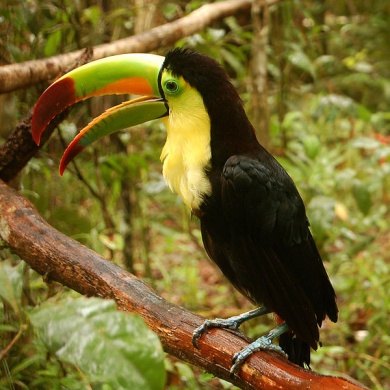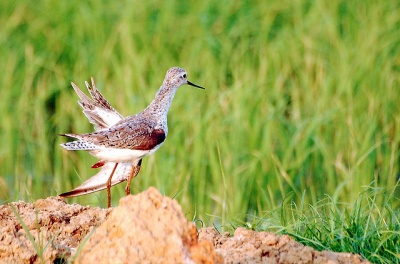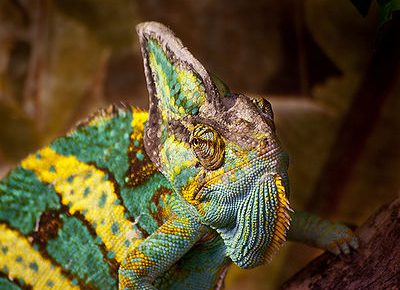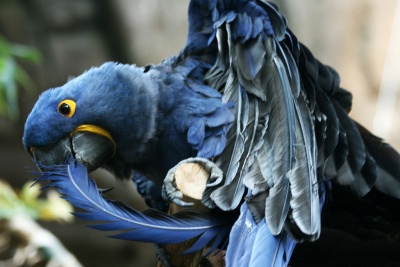
Birds‘ beaks function the same way that jaws do in other animals. Jawbones and teeth are heavy and birds need to be lightweight so they can fly. That’s why they have beaks instead.
Different species of birds have differently shaped beaks. Each bird has a beak suited to the type of food it eats. For instance, hummingbirds have long pointy beaks to get nectar out of flowers. Birds with short beaks eat seeds and insects, while birds with strong beaks may need them to crack nuts. Eagles and other birds of prey have sharp teeth to tear apart flesh.
Some bird species also use their beaks for mating rituals. Gannets, puffins, waxwings and ravens use their beaks in this way. The male and female birds touch and clasp each others beaks.
Beaks are also useful for preening and grooming. When a bird is dusty or dirty it will run its beak through its feathers. During breeding season, some birds will even preen each others feathers.
Some scientists believe that birds use their beaks to help them navigate. The beak may contain magnetic particles which act as a kind of compass, using the Earth’s magnetic field to help birds find their way.
In short, a bird’s beak is like a person’s hand.
External links:



